How we test mattresses – H&G's expert review process explained
This article should tell you everything you need to know about how we test mattresses for comfort, cooling, and cost
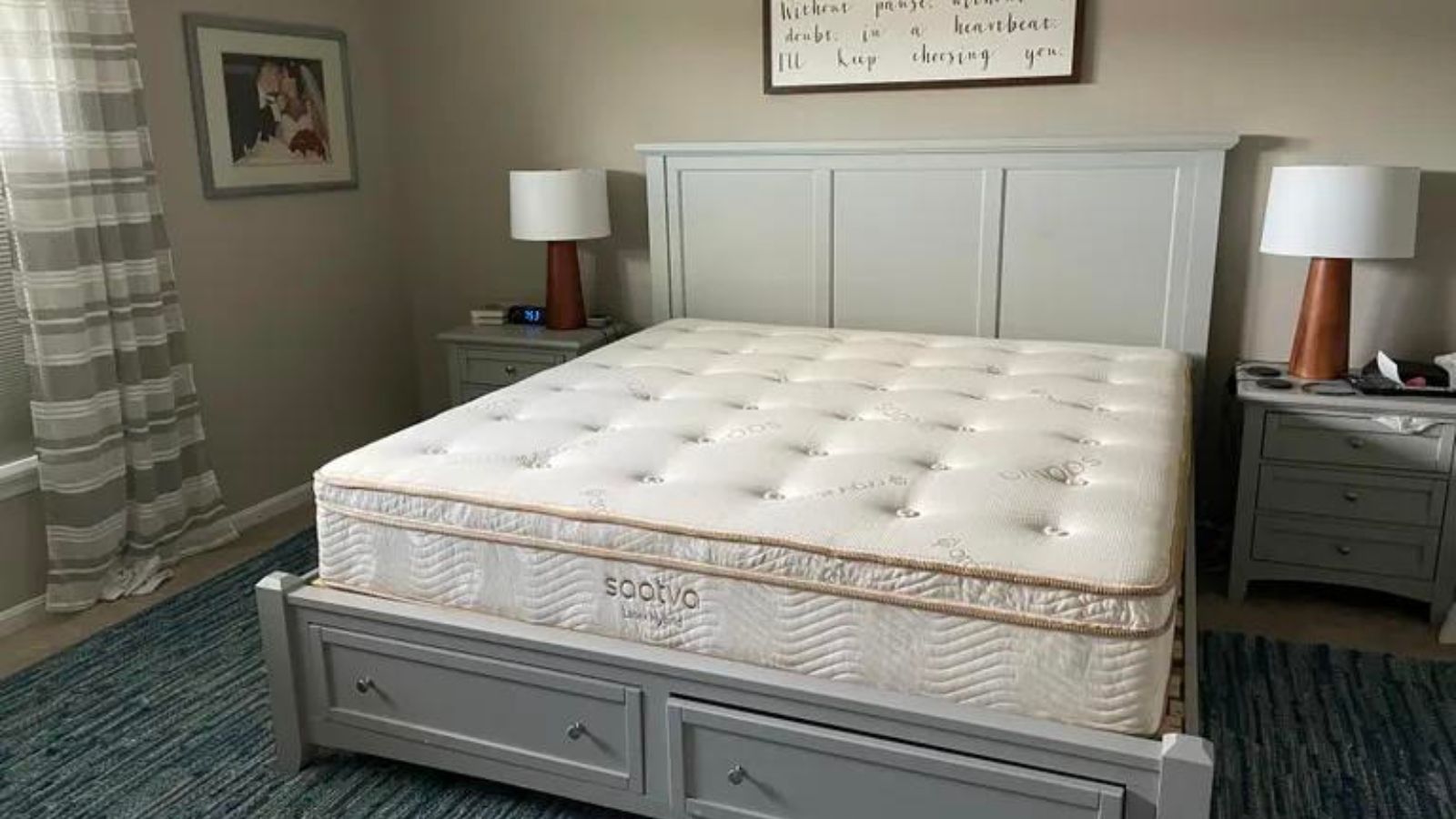

When I tell people what I do for a living, they can't quite get their heads around it. My parents fondly refer to it as 'sleeping on the job', but testing mattresses requires a lot of time, effort, and expertise. Here's how we do it.
We select the best beds from all the specialist sleep stores, including Saatva, Helix, and Tempur-Pedic. That bed is then delivered to one of our expert testers, who assesses each mattress against the same criteria: comfort; support; breathability; and cooling properties; motion isolation; edge support; and weight bearing capacity. We also factor in the practicalities, such as sleep trials, warranties, and cost.
We know just how important it is to find the best mattress that suits your sleep style and comes in under budget. That's why we employ such a wide range of reviewers, each of whom brings their unique sleep needs to every bed they test. We've found the best bed for side sleepers, stomach sleepers, hot sleepers, cold sleepers, and everybody in between.
How we test mattresses – our expert guide
Here at Homes & Gardens, we like to test mattresses for months, if not years, before we write our review. That way, we can sample the mattress through several seasons and note how it keeps us cool and bears our weight over time. When we tell you how to choose a mattress, you can trust that we're writing from the most informed position possible.
Comfort

This is the first, and most important, test for any mattress: you wouldn't want to sleep on a bed that's too firm or too soft. To assess the comfort of a mattress, we lie on it and see how we feel. When we wake up in the morning, we listen to our bodies, noting any aches or pains.
Of course, comfort is subjective, and largely depends on your sleep position. If you sleep on your stomach, you should consider the best firm mattress to keep from sinking in and lift and lengthen your spine. The best mattress for side sleepers, by contrast, is soft, yet supportive, with enough give to cushion your hips, knees, and shoulders. If you sleep on your back, you'll probably want something in between: a bed that can support your spine without straining your neck.
I've also noticed a difference between US vs UK beds when it comes to comfort. US beds tend to feel softer, topped off with thick layers of dense foam, while UK beds are a little more rigid, with superior edge support and better bounce action.
Support
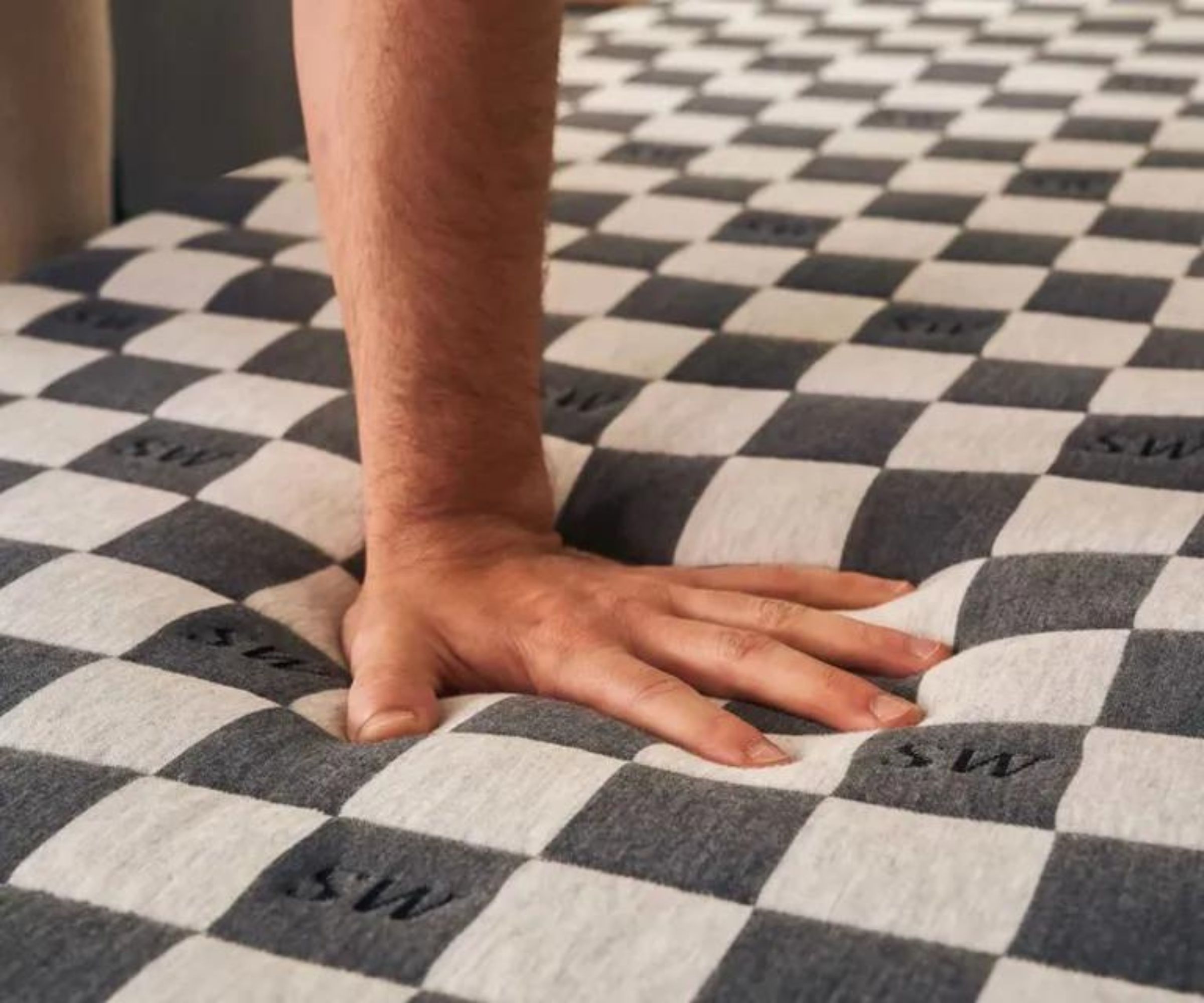
Different mattress types offer different kinds of support. A memory foam mattress feels soft and squishy, but it's supported by a high-density foam core. It's perfect for pressure relief and offers excellent motion isolation, but it might feel too soft for stomach sleepers. An innerspring mattress is lined with supportive steel coils to bear your weight. That's good news for stomach sleepers, who don't want to sink in, but it might feel a little unforgiving to back and side sleepers. A hybrid mattress combines the plush comfort of memory foam with the airflow and support of an innerspring. That's why it's a great choice for couples who share a bed, but not a sleep style.
Those are the three most common mattress types, but there are more on the market. A latex mattress is springy and responsive, an ideal option for stomach sleepers and eco-conscious shoppers. A wool mattress, such as the Woolroom Hebridean 3000 Mattress, is another organic option that might feel more forgiving for back and side sleepers.
Again, the only way to assess support is to lie on the mattress and see how you feel. So far, so unscientific, but I promise we'll get into the good stuff later.
Breathability and cooling properties
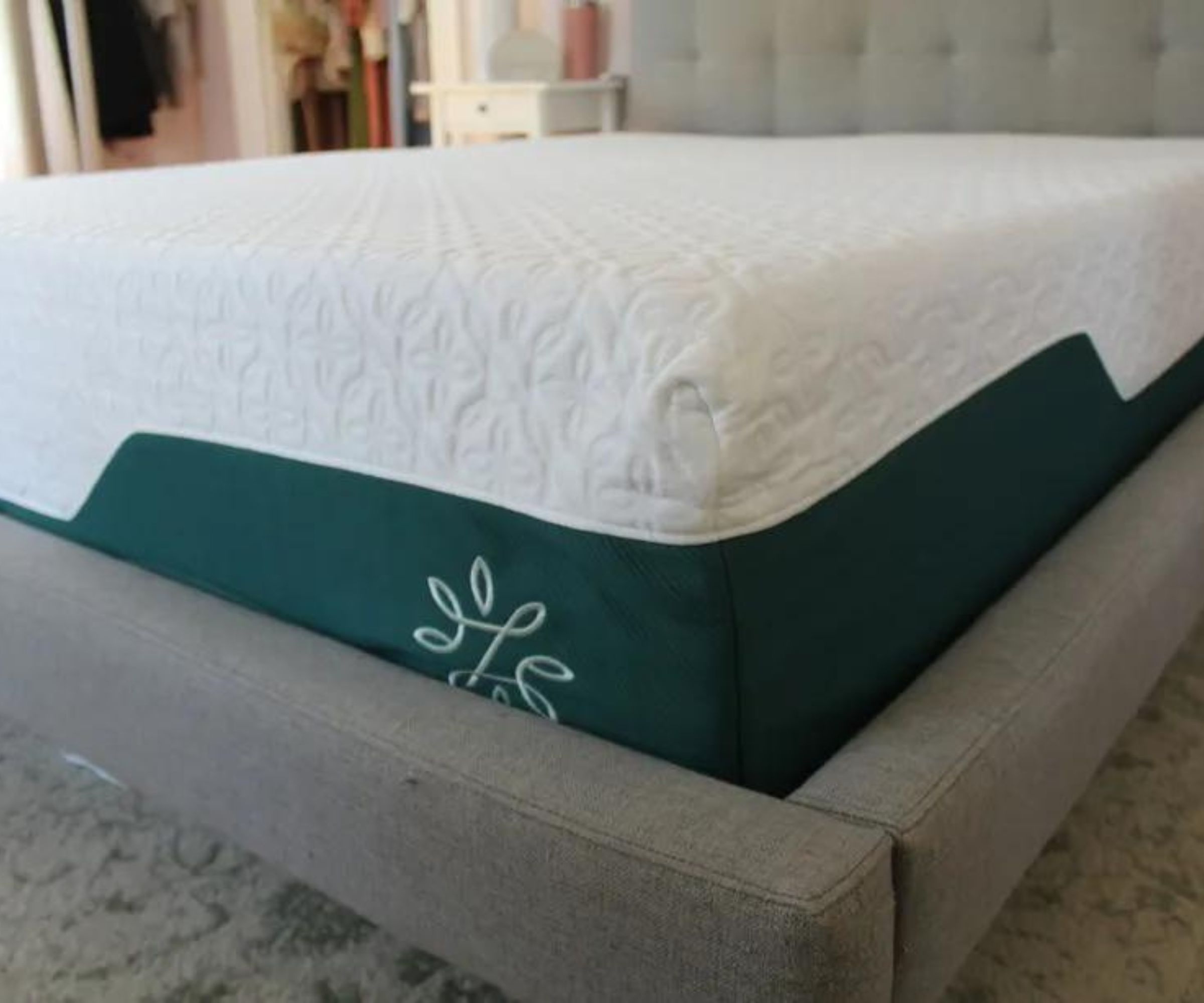
If you suffer from night sweats or hot flashes, or you simply tend to run a little warm, then you'll appreciate the importance of the best cooling mattress. As a general rule, innersprings sleep cooler than memory foam or hybrid mattresses: all that thick foam tends to trap heat, while the compression and depression of coils optimizes airflow through the mattress.
The best way to assess the cooling properties of a mattress is to place your hand in the center of the bed. That's how you can tell whether a bed is really 'cool to the touch', or if that's just marketing jargon.
Where comfort and support should stay consistent, at least for the first few years that you own a mattress, the breathability of a mattress can change throughout the seasons. You might find that a foam mattress is fine for fall and winter, but it sleeps too hot for spring and summer. That's why I recommend you take advantage of a mattress sleep trial for at least 100 days, so that you can test your mattress for a few months before you commit to a final purchase,
Motion isolation
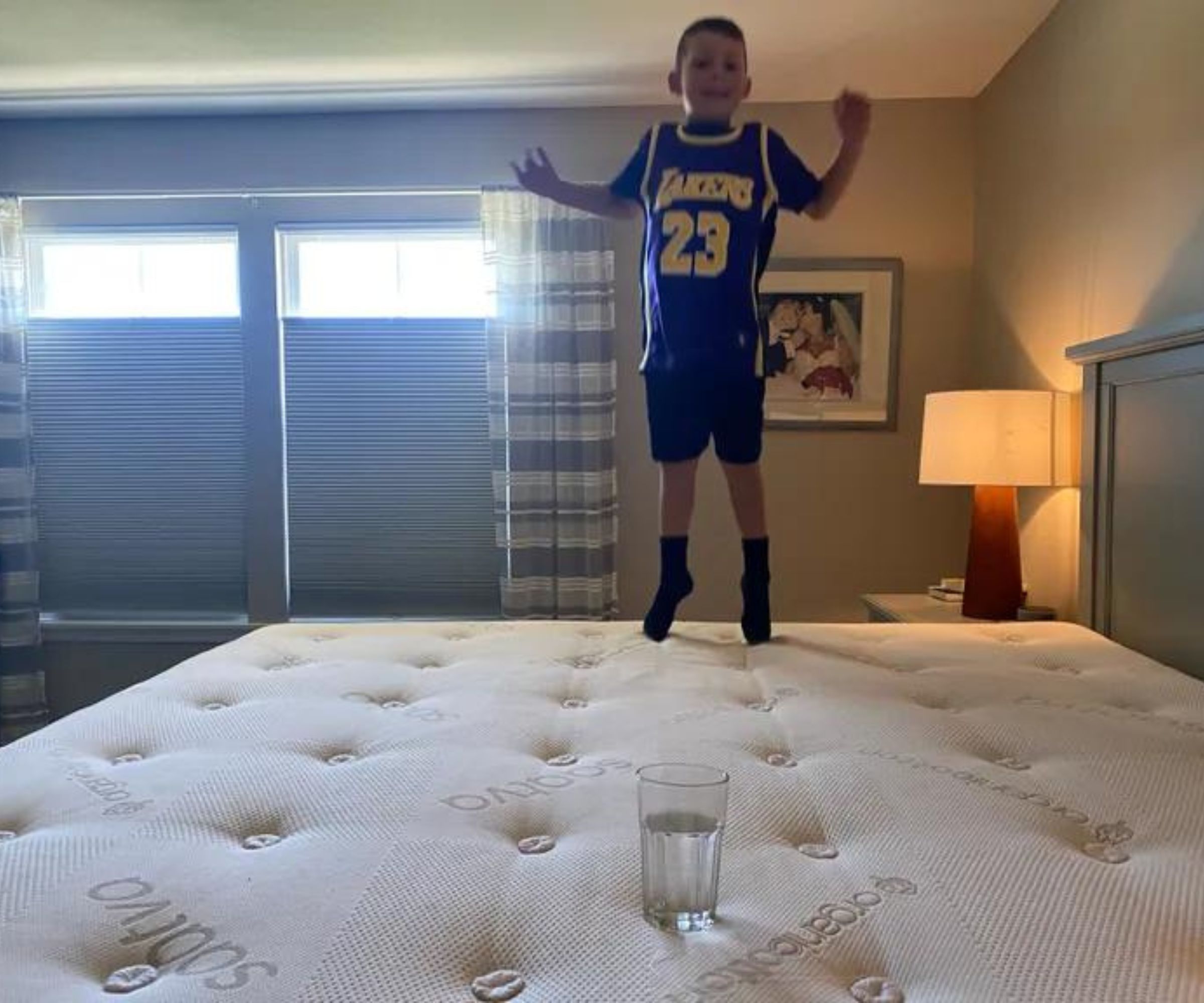
This is where it starts to get interesting. To test the motion isolation of a mattress, we fill a glass with water and set it in the center of the bed. Then, we apply pressure around it. That could look like anything from jumping up and down around the glass to tossing and turning on the bed beside it.
The more the cup moves, and the more water spills, the worse the motion isolation of a mattress. We wouldn't recommend a mattress with poor motion isolation to a light sleeper or to anyone who shares a bed with a pet or partner: you'll feel it every time they roll around in their sleep.
Memory foam mattresses tend to have better motion isolation, since foam is designed to absorb movement and bear weight. We would expect a hybrid mattress or an innerspring to score lower in the motion isolation test: all those coils create too much bounce.
Edge support
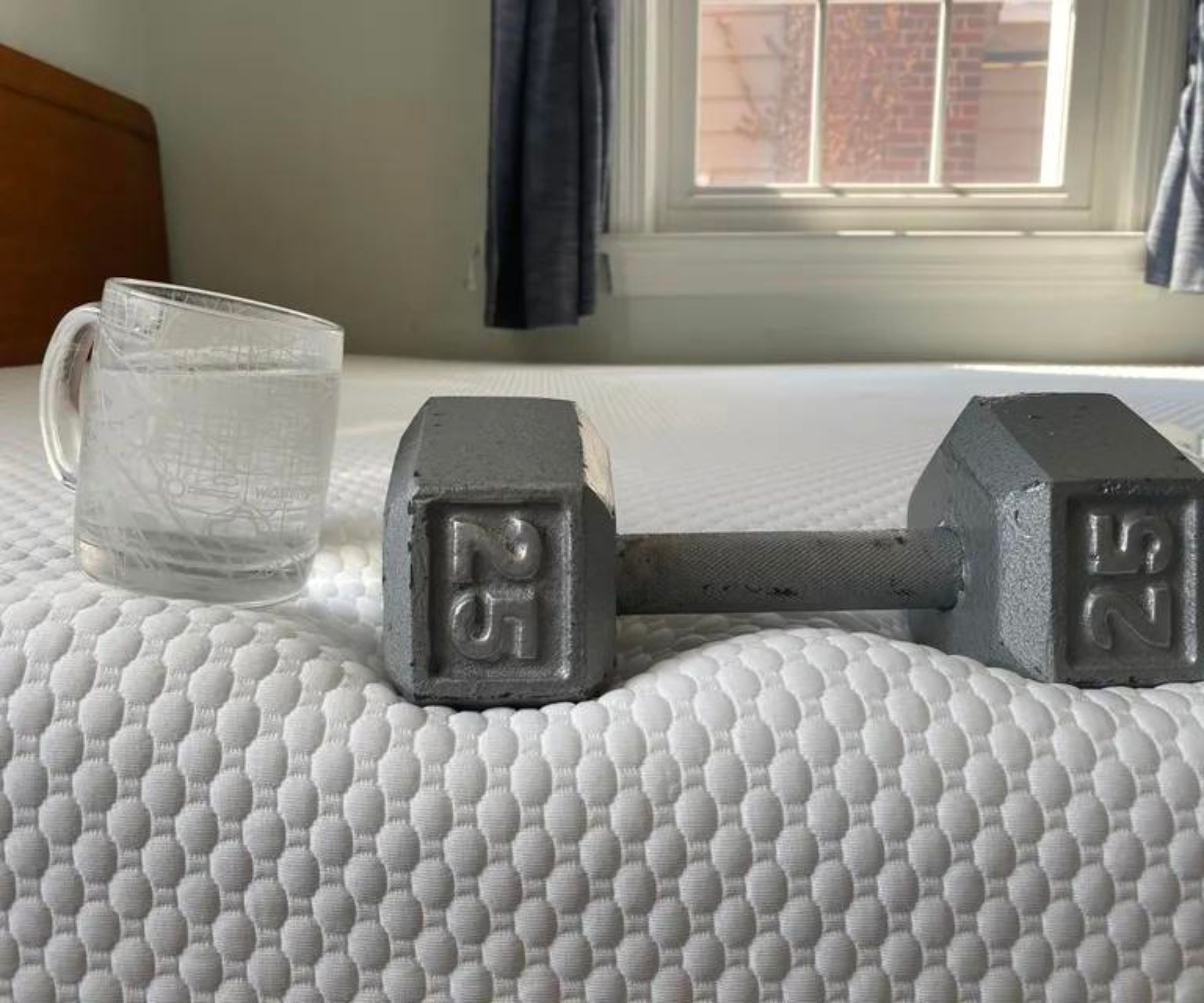
If you sleep on the side of the bed, then you'll understand the importance of good edge support. Any mattress worth its salt is solid in the center, but a few get floppy around the edges. You can't sleep comfortably, or even sit on the edge of the bed to tie your sneakers, without threatening to fall off the bed.
To test the edge support of a mattress, we take that glass filled with water and move it to the side of the bed. Again, we apply pressure around it: some of our testers like to use weights, while others just use their hands. The stiller the glass, and the less water spilled, the better the edge support.
Weight bearing
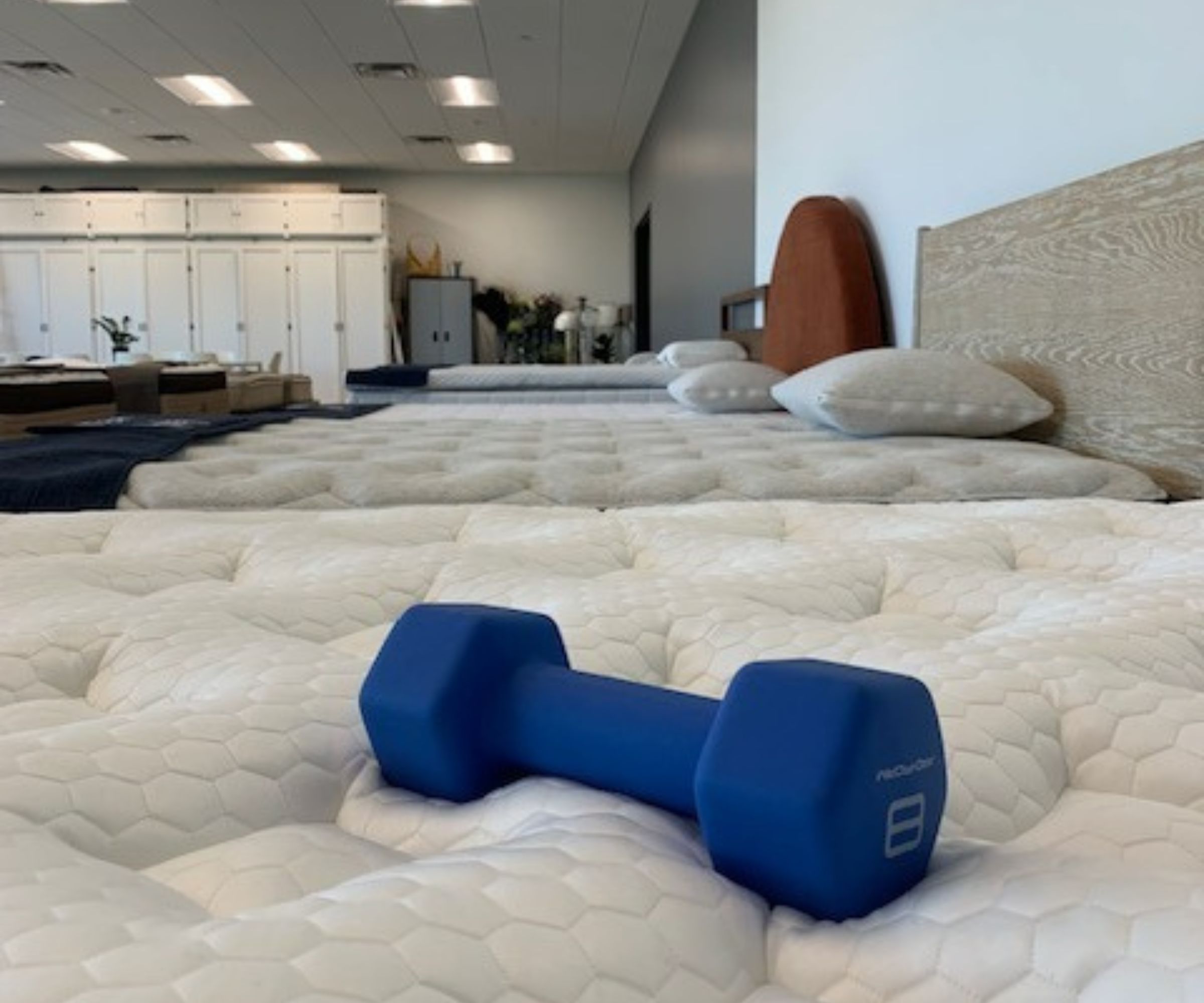
I like to think of the weight bearing test as a more scientific version of our comfort check. You need a mattress to bear your weight so that it can support your body as you move around in the night.
To assess the weight bearing capacity of a mattress, we take a dumbbell, the sort you'd find in any home gym, and place it in the middle of a mattress. We measure how far the weight sinks into the bed and how quickly the mattress springs back into shape once the weight is removed.
I used to sleep on a memory foam mattress. When I got out of bed in the morning, I could still see the outline of my shape in the mattress. That's because memory foam is designed to bear weight, but that weight can create indents and impressions in the mattress. I would expect a hybrid mattress or an innerspring to perform better in the weight bearing test, since the coils are made to bounce back into shape.
Practical points
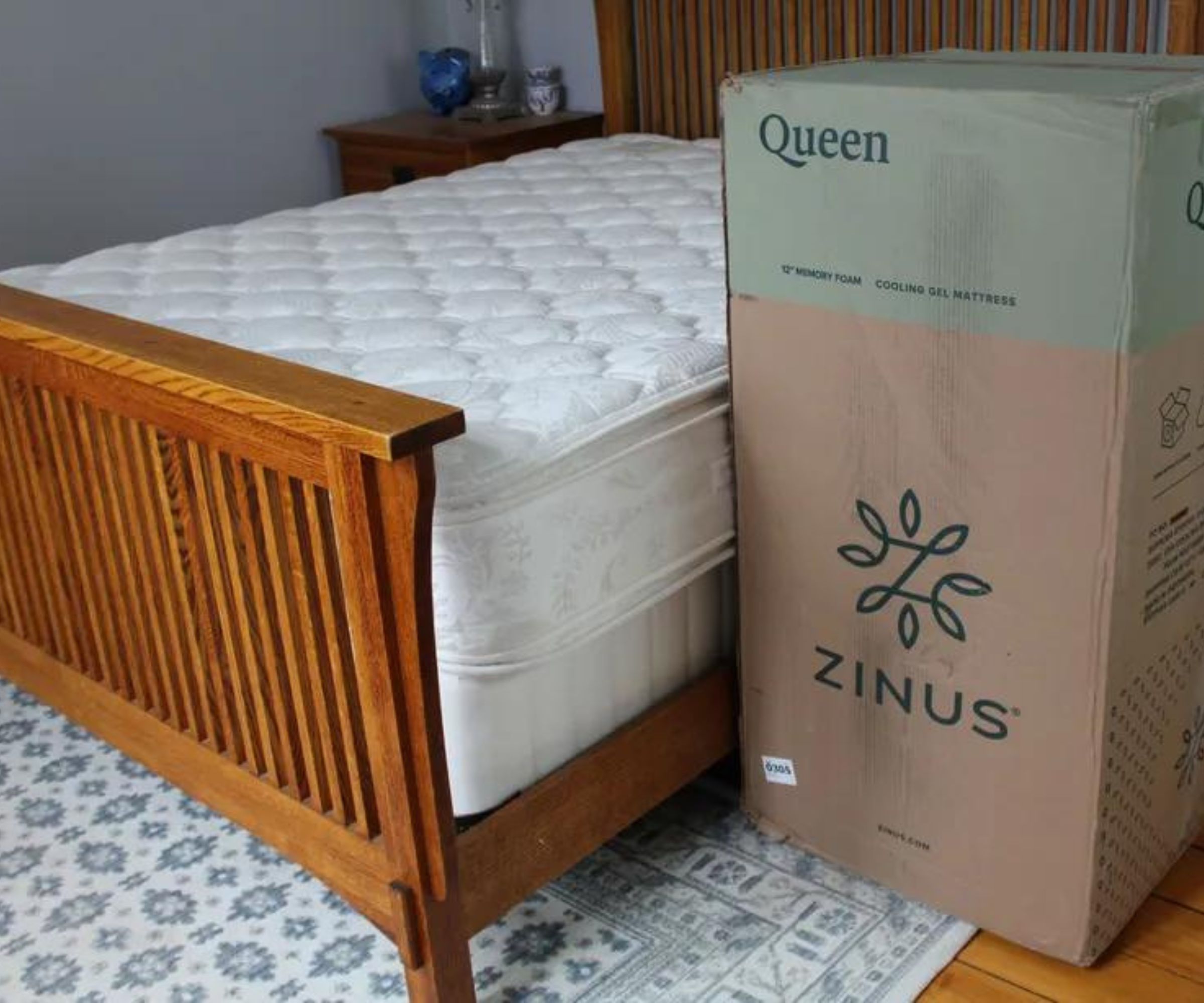
Almost every one of the beds we test is delivered to the door of an expert tester. Sometimes, we visit mattress showrooms to sample one bed after another, but the best way to test a mattress is to sleep on it, and we prefer to do that in our own homes.
We assess the ease of the online delivery system for each mattress: whether there's an option for white-glove delivery, as well as the packaging details. If we're testing a box mattress, we time how long it takes for the mattress to inflate and any unpleasant odors from mattress off-gassing to dissipate.
Price
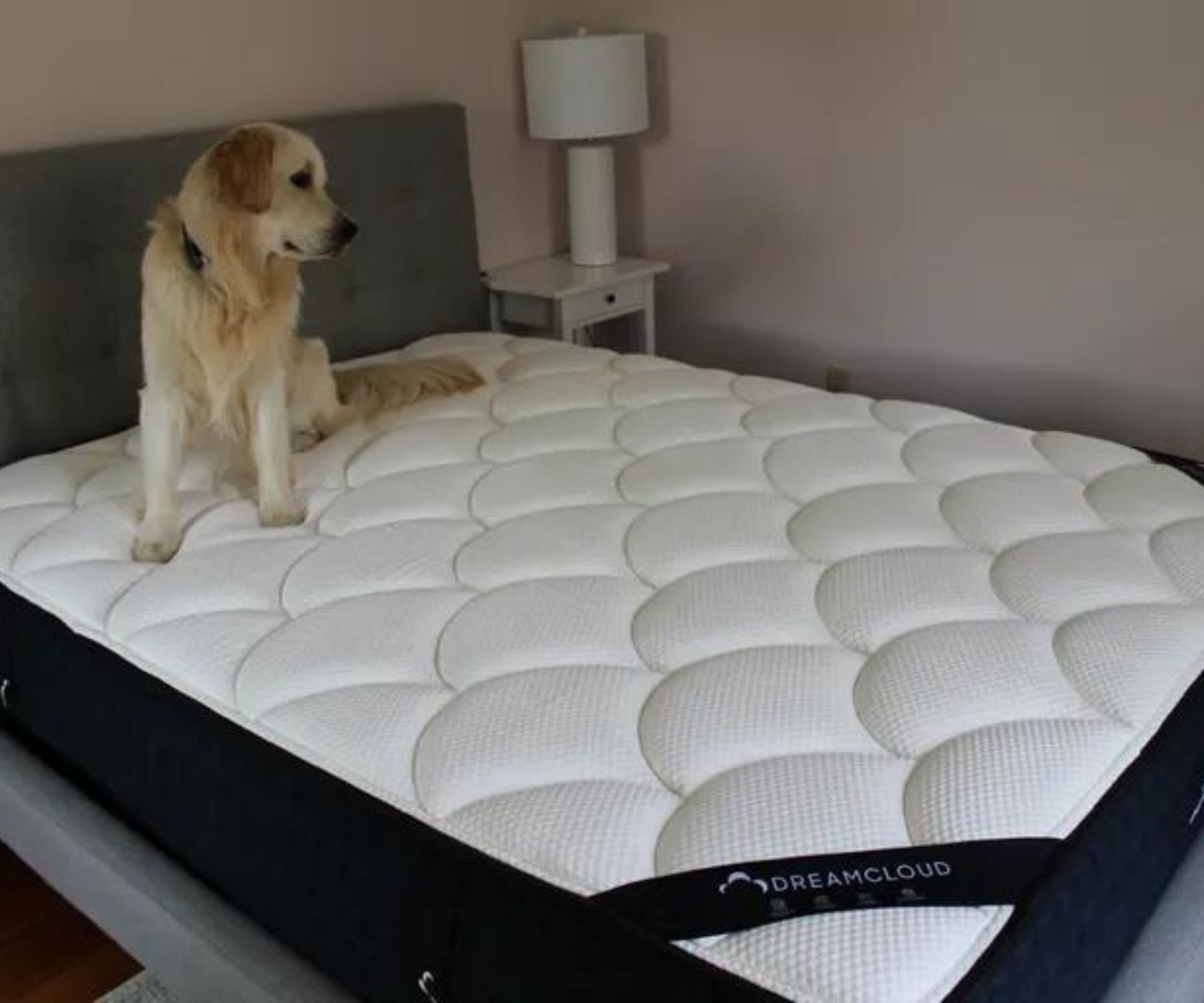
At the end of each review, we consider all our findings and compare it back against the price of the product. The best affordable mattress could cost several thousand dollars less than the best luxury mattress. For a good price, I might be inclined to forgive a few minor faults in motion isolation, edge support, and the like.
Meet the team
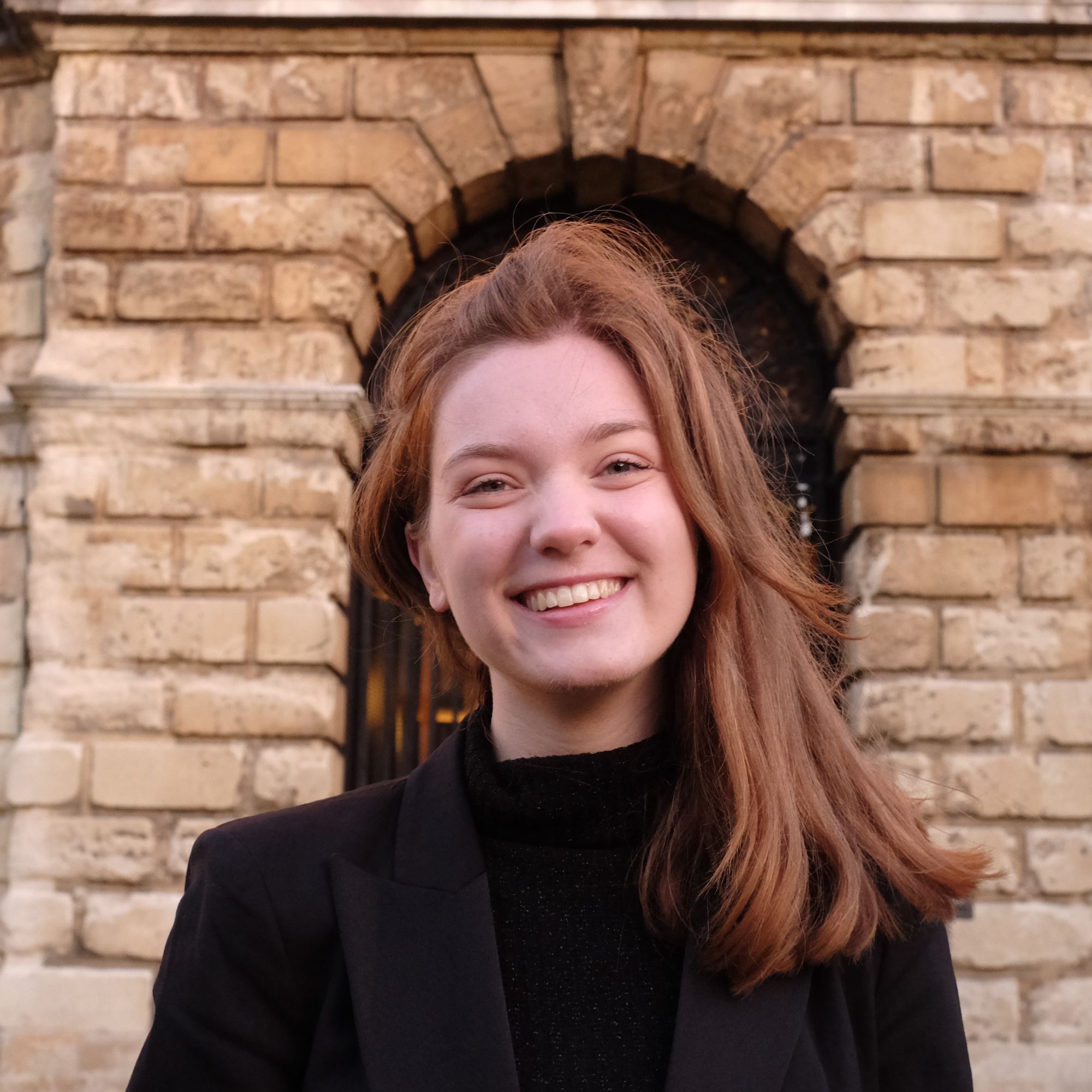
As H&G's resident sleep writer, Emilia spends her days tracking down the lowest prices on the hottest sleep products, and spends her nights testing them out in her own bed. Her quest to learn how to sleep better takes her all around the world, from mattress factories in Arizona to sleep retreats in Scandinavia.

Alex is an award-winning author and freelance writer based in Dallas, Texas. She has reviewed the PlushBeds Botanical Bliss Organic Latex Mattress and Essentia Classic REM5 Organic Mattress for Homes & Gardens.

Alex is a journalist and content marketing writer based in Cincinnati, Ohio. She has reviewed the Bear Elite Hybrid Mattress; the Earthfoam Mattress; the SweetNight Prime Memory Foam Mattress; the Leesa Memory Foam Mattress; and the Saatva Latex Hybrid Mattress for Homes & Gardens.

Camryn is a freelance product reviewer whose work appears in publications such as Forbes and USA Today. For Homes & Gardens, she has reviewed the Zinus Cooling Gel Memory Foam Mattress and the DreamCloud Luxury Hybrid Mattress.

Jamie is a writer, attorney, and freelance product reviewer, based in Washington, DC. She has reviewed the Nolah Original Mattress and the Helix Midnight Hybrid Mattress for Homes & Gardens.
Final thoughts
Only you know what you want and need in a mattress. If you're a hot sleeper, and you live alone, you might be more concerned with cooling properties than motion isolation. Take a beat to consider your sleep needs before you buy.
If you know you need a new bed, then it's worth learning how to test a mattress yourself. I asked mattress manufacturers and certified sleep experts for their tips and tricks to find the best bed online or in-store.
Design expertise in your inbox – from inspiring decorating ideas and beautiful celebrity homes to practical gardening advice and shopping round-ups.

Emilia is our resident sleep writer. She spends her days tracking down the lowest prices on the best mattresses and bedding and spends her nights testing them out from the comfort of her own home. Emilia leads a team of testers across America to find the best mattress for every sleep style, body type, and budget.
Emilia's quest to learn how to sleep better takes her all around the world, from the 3Z mattress factory in Glendale, Arizona to the Hästens headquarters in Köping, Sweden. She's interviewed luxury bedding designers at Shleep and Pure Parima, as well as the Design Manager at IKEA. Before she joined Homes & Gardens, Emilia studied English at the University of Oxford.